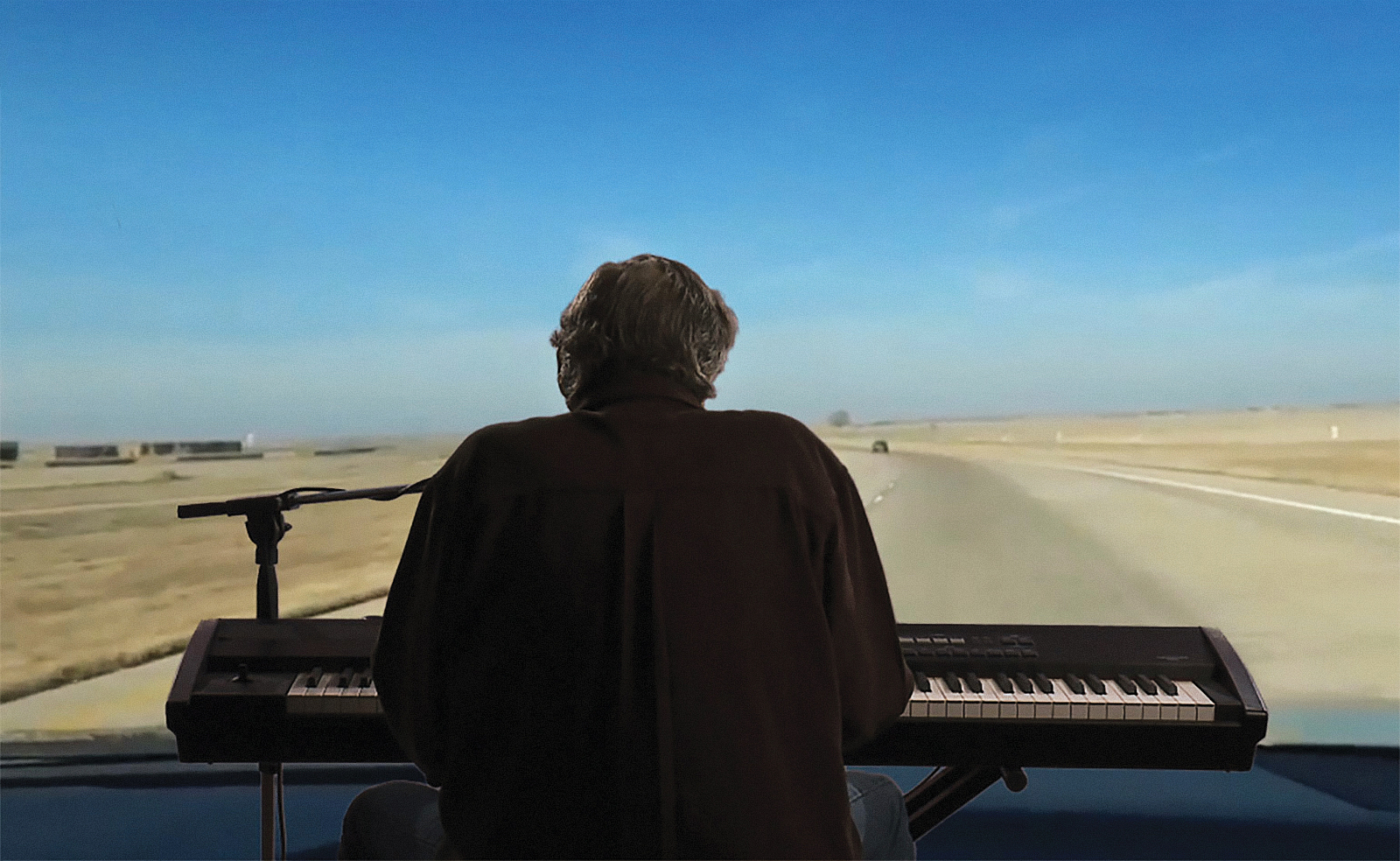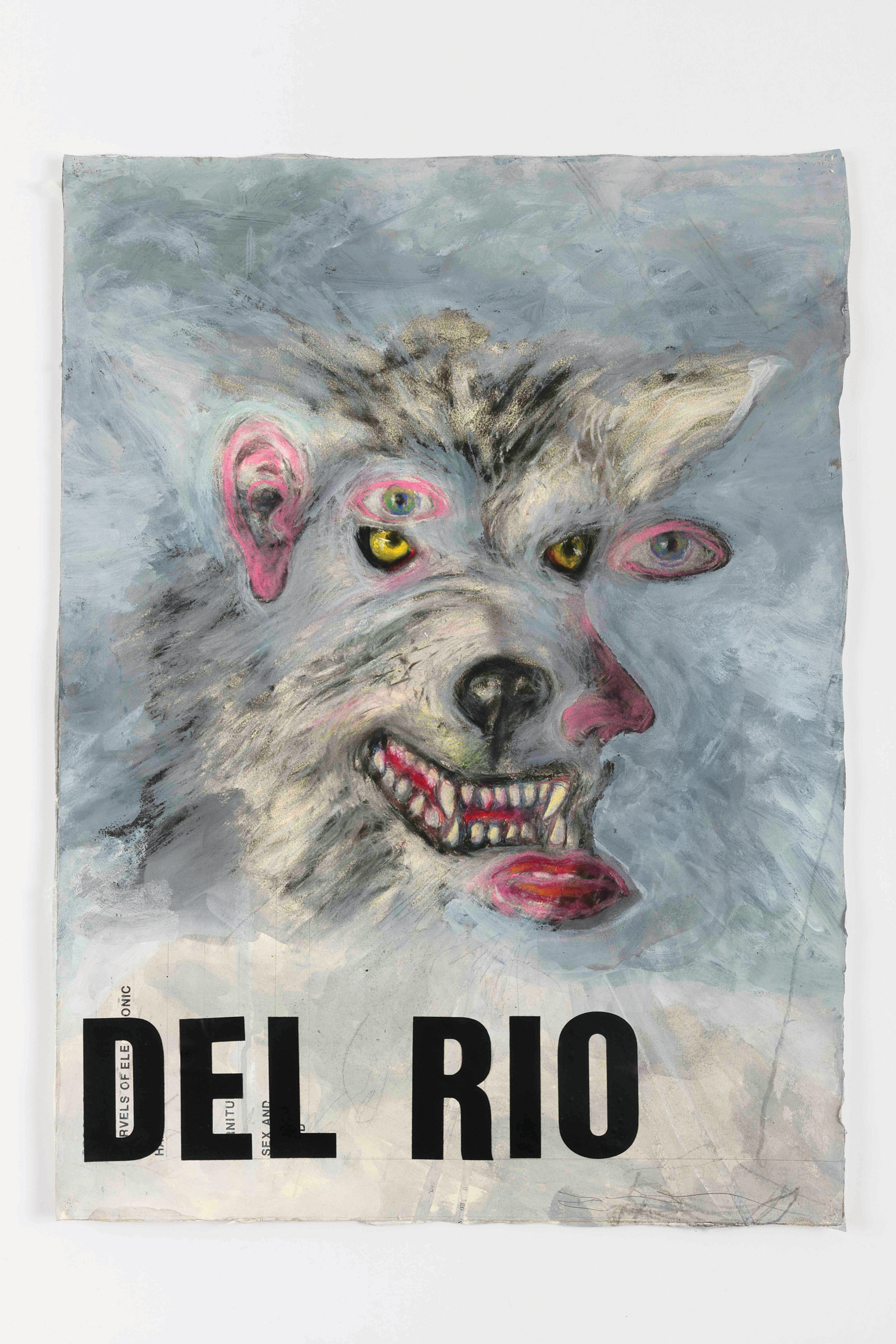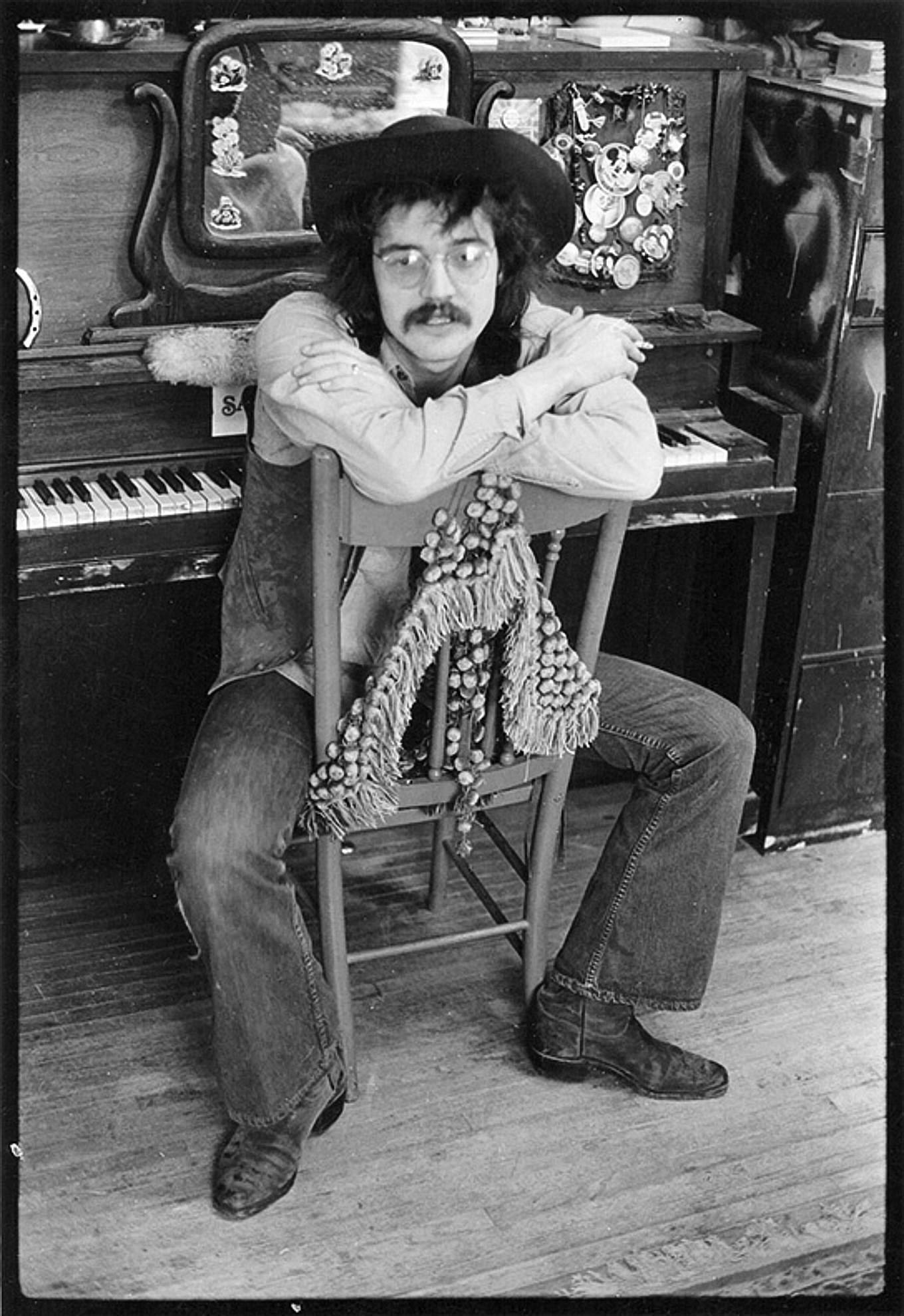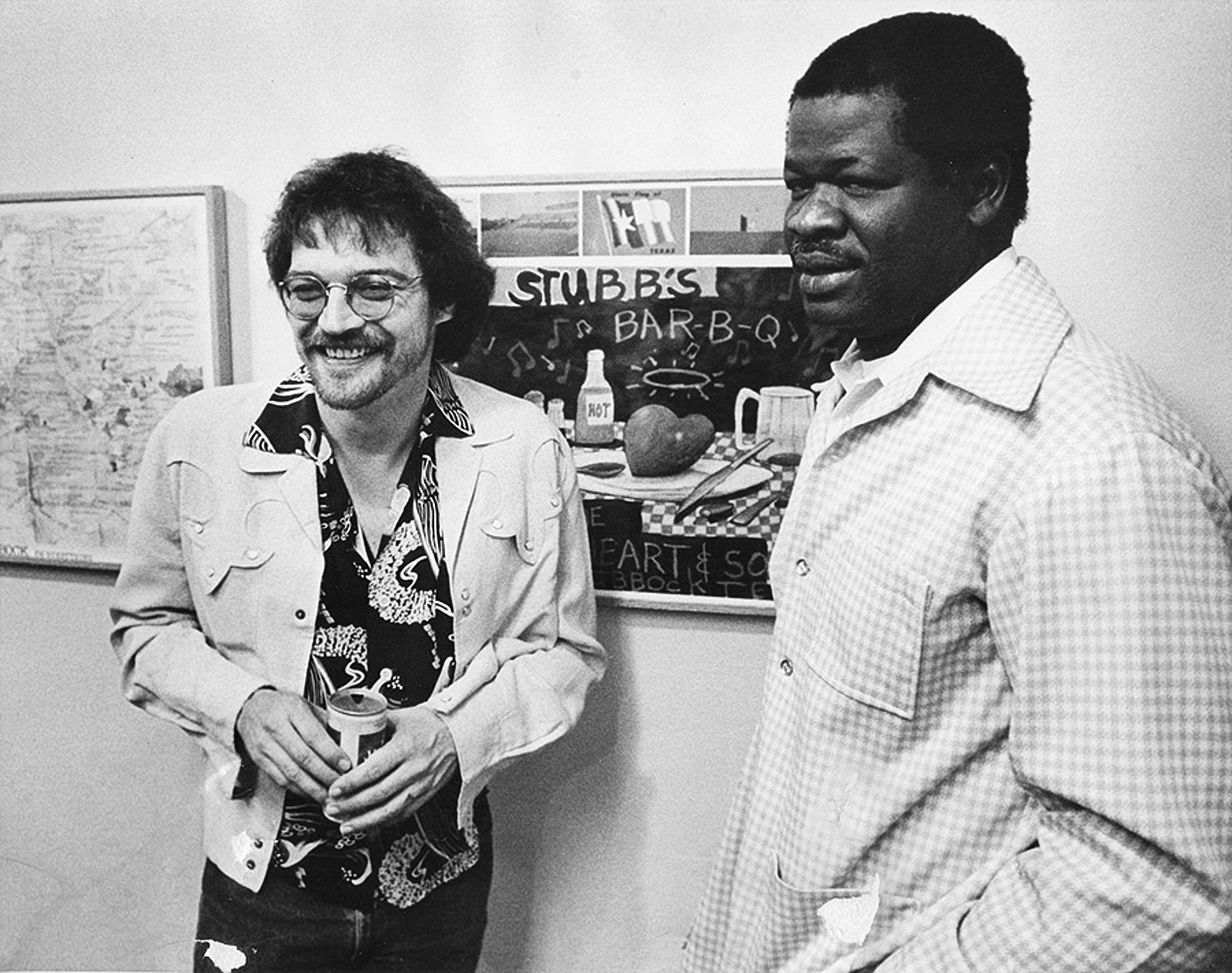New Blanton Museum of Art Exhibition Showcases the Talents of Artist Terry Allen

Terry Allen’s creative process is a mystery—even to him. In fact, he never knows where inspiration will take him. Though he creates works in many disciplines, Allen first became well-known as one of the greatest narrative songwriters in country music, beginning with the cult outlaw 1975 concept album Juarez. Though he’s still writing and releasing complex country albums—the most recent being 2020’s Just Like Moby Dick—Allen’s work as a visual artist at least equals that of his storied musical career.
But the former Guggenheim Fellow and multiple NEA grant awardee with pieces in collections across the world, including at the Museum of Modern Art and the Museum of Contemporary Art, Los Angeles, creates art without much consideration for its resulting media. He doesn’t find inspiration and think to himself, that’s a song, or, that’s definitely just a painting. Hell, sometimes it’s both. Such is the case in many of his pieces in MemWars, an art exhibition that opened at the Blanton Museum of Art on Dec. 18, that deals with, as Allen puts it, “that battlefield of memory, I suppose.”

“Wolfman of del Rio (MemWars),” for instance, a mixed media on paper piece created between 2018-19, shares a title with the fourth track on Allen’s 1979 double album Lubbock (On Everything). In the painting, images of a man and a wolf merge, just as the past does with the present, and, above all, Allen’s musical life becomes indistinguishable from his visual art. Essentially, that’s how he creates.
“They’ve always been one thing to me. Playing music or making visual pieces—whatever your sense of curiosity or wherever that takes you, I’m game for it,” Allen says. “That thing of trying to categorize things ... I’m really not interested in that.”

“Wolfman” joins approximately 21 other drawings, “hung densely,” per Allen’s request of Blanton Deputy Director of Curatorial Affairs Carter E. Foster, on one side of a long, black curtain in the Contemporary Gallery upstairs at the museum. Opposite that is a multi-screen video installation, with Allen on one side and his wife, artist and writer Jo Harvey Allen, on the other. They alternate telling stories about possible origins of songs, after which both faces disappear and Allen appears on a third screen, performing with his back to the audience as he and his piano roar down a long, flat highway for over an hour. The video is not necessarily connected to the other visual pieces, according to Allen, but similar themes arise when the exhibition is considered holistically.
“It’s always a mystery where a song comes from, even at the most obvious, it’s still a mystery that it becomes a song to me,” Allen says. “That piece kind of deals with that idea.”

Allen met Foster through a mutual friend, museum director Kippy Stroud, who ran a residency each year in Maine for artists, writers, and curators. About 10 years ago, both were in Maine, and Foster saw Allen’s artwork at a residency presentation. Foster says it “seemed crazy not to” put on a contemporary art show for Terry Allen at the Blanton when another colleague suggested it. Before then, though, in 2015, Stroud died suddenly during one of the residencies. In acknowledgement of Stroud bringing Allen and Foster together, MemWars includes a piece called “Song For Kippy.”
“She had an everlasting influence on everyone she came into contact with, and I’m not sure if she even really knew it, the impact that she had on people,” Allen says. “But then that to me was a real anchor in this show.”

Much of the exhibition touches on people like Stroud, whose experiences have made deep impressions on Allen. One piece is about his cousin’s failed attempt at a second act as a professional archer following a dishonorable discharge during his fourth tour of Vietnam. “The war basically killed him, but it took about 40 years to do it,” Allen says.
Another, “Roadrunner,” is about a high school friend who was killed during the early days of Vietnam. A champion high school track and field athlete, he had roadrunners tattooed on his calves, and when he died in battle, he was identified by those markings. Astute Allen listeners might recognize the name from “Blue Asian Reds (for Roadrunner),” a 1979 song written from the perspective of his friend’s grieving girlfriend.

“He was the first person that made the war real to me,” Allen says. “I was at art school in California and got a call that he had been blown up in Vietnam. And it was just inconceivable to me to this human that I knew and was a friend of mine was there. There’s some pieces in the show that address that.”
Allen says that though these pieces deal with the battlefield of his memory—and often real war settings—his work is not born out of some cathartic triumph over emotion.

“It’s pretty cold-blooded when you make something,” he says. “You just make this thing and then you stand back and maybe try to come to terms with it and figure out what it is. But it’s really about the thing. It’s not about you; it’s about what you make.”
MemWars runs until July 10, 2022, at the Blanton Museum of Art.
CREDITS: © Terry Allen, Courtesy of L.A . Louver, Venice, CA; Courtesy of Terry Allen and Paradise of Bachelors (2); Jo Harvey Allen; Gary Krueger






